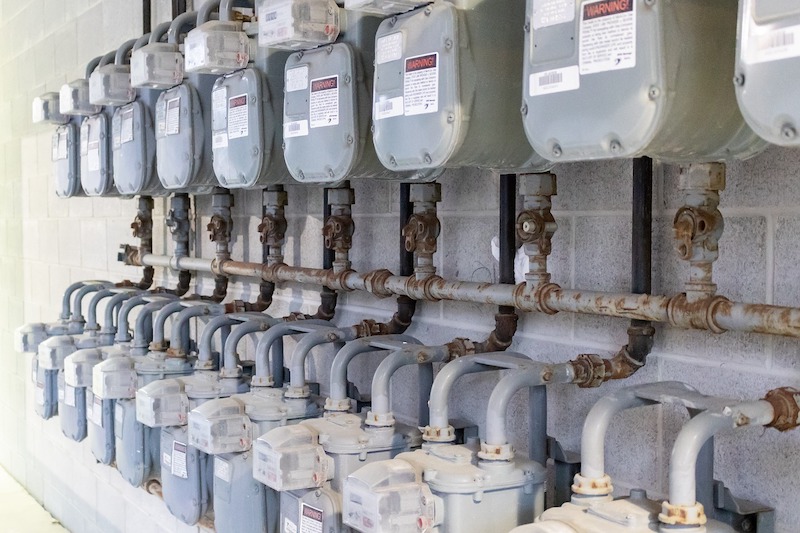At least 13 states have developed performance incentive mechanisms (PIMs) to encourage utilities to deliver energy savings at specific times to optimize the nation’s power grid, according to a report by the American Council for an Energy Efficient Economy (ACEEE).
“Energy efficiency and demand response are essential tools to drive down the cost and greenhouse gas (GHG) emissions of electricity systems affordably and rapidly,” according to ACEEE. “These services can reduce demand at specific times to optimize the power grid, which we call ‘strategic demand reduction’ (SDR).”
Utilities are just beginning to integrate SDR into their grid planning, investments, and operations. Studies indicate that demand flexibility and energy efficiency hold “vast untapped potential,” ACEEE says.
States are using varied approaches on PIMs. Some states use traditional utility procurement approaches to peak demand reduction, such as in Hawaii and Texas. Massachusetts and New York use newer methods of encouraging SDR by compensating utilities for a mix of actions and outcomes. States show increasing interest in moving demand from one time of day to another and in grid-balancing measures that target times when renewables create steep ramps in available supply.
Related Stories
| Jan 30, 2012
ZigBee and ISO 50001: Two new standards to make buildings greener
These developments demonstrate the dynamic nature of the market and the continued need for development of program standards of many different types that help builders and owners translate high performance and sustainable buildings goals into practical measures on the ground.
| Jan 30, 2012
New firm-fixed-price rules on federal contracts impact construction industry
Contractors will need to be on the lookout for policies such as the Contractor Accountability for Quality clause.
| Jan 30, 2012
Roofer’s fatal plunge demonstrates need for fall-prevention regulations
“The biggest problem is getting our workers to use the equipment,” says Michael J. Florio, executive director of the organization.
| Jan 26, 2012
Tampa moves to streamlined online permitting system
The system will replace an inefficient patchwork of old software and is designed to provide businesses, homeowners, and contractors with online access to permitting and licensing information.
| Jan 26, 2012
EPA to collect more data, seek comments before finalizing mud rule
The EPA says it will seek more data and is accepting comments until March 5.
| Jan 26, 2012
Industry challenges Connecticut's suit over defective construction work
The dispute arose over multimillion-dollar leaks at the University of Connecticut's law library.
| Jan 26, 2012
Earthquake 'fuse' could save buildings during temblors
The idea is to use an earthquake "fuse" that can prevent the tiny fractures and warps that make structures unsafe after a quake and very expensive to repair.
| Jan 26, 2012
HPD open materials standard for green building materials gains momentum
GreenWizard, provider of a cloud-based product management and project collaboration software, is the latest industry participant to sign on
| Jan 26, 2012
Siemens launches smoke detection knowledge center
New knowledge center web site demonstrates efficacy of smoke detection.
| Jan 18, 2012
Chile's seismic code upgrades credited with saving lives in 2010 quake
Since 1960, when Chile suffered a 9.5 magnitude quake, the largest ever recorded; the country has steadily improved building codes to protect lives and property.

















